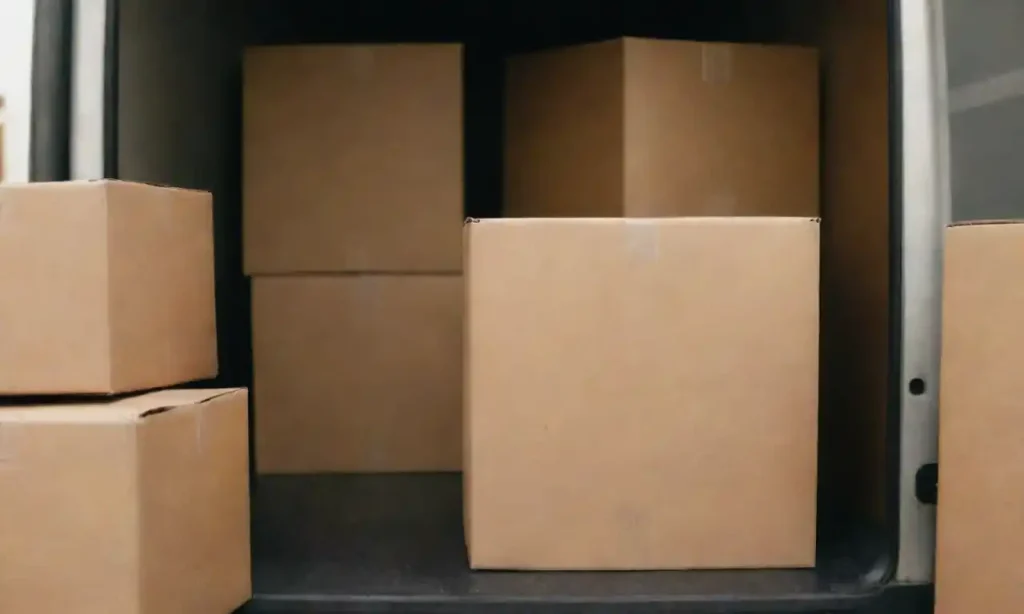How Moving Can Significantly Affect Your Insurance Claim Process

Amidst the whirlwind of a moving process, individuals often overlook the intricacies involved with their insurance claims. Relocating can be an exhilarating yet overwhelming experience, bringing with it a slew of logistical challenges and emotional strains. But what remains at the forefront of this endeavor is understanding how a change of address and the various aspects of moving can profoundly impact one’s insurance policy and claims. It’s imperative to comprehend that the nuances of moving extend beyond packing boxes and hiring movers; these physical transitions can significantly influence your financial safeguards.
This article aims to provide an in-depth analysis of the effects that relocating can have on your insurance claims, specifically focusing on changes in coverage, documentation requirements, and potential pitfalls you may encounter along the way. Understanding these dynamics can make a critical difference when navigating through the complexities of the insurance industry post-move and ensuring that you receive the benefits to which you are entitled. As we explore these topics, we'll highlight essential strategies that can mitigate potential risks associated with the claims process while moving.
Understanding the Impact of Your New Location on Insurance Coverage

When you make a move, the first thing you need to consider is how your new location will affect your insurance coverage. Various factors come into play, including local laws, the crime rate in your new neighborhood, and the unique risks associated with the area. For instance, if you are moving to a region prone to natural disasters such as floods, earthquakes, or hurricanes, it is vital to reassess your homeowner’s insurance policy to ensure appropriate coverage. You might need to consider updating your policy to include flood insurance, which is not always covered in standard homeowner policies.
Your premium rates may also fluctuate based on your new location. Insurance companies often assess risk by evaluating the surrounding environment, demographic factors, and even the frequency of claims in that area. Therefore, if your new neighborhood has a higher incidence of theft or property damage, you may find your rates escalating, making it crucial to engage your insurance provider ahead of time to discuss potential changes to your policy. Being proactive in this regard can save you significant financial burden down the line.
Finally, if you switch states or even cross regions, different regulations and requirements come into play. Each state has its regulations regarding insurance policies, which means your coverage might differ significantly from what you held at your previous address. It often necessitates talking to your insurance agent to confirm that you meet all necessary requirements and that you’re fully compliant with local laws. Ignoring this might lead to policy gaps, leaving you vulnerable at your new home.
Documenting Your Move for Insurance Claims
One of the most vital aspects of making a successful insurance claim after moving involves thorough documentation. Moving can bring about numerous changes, from shifts in your belongings' condition to alterations in your property's outlook, all of which can impact your claims. It is essential to meticulously document everything relevant to your move; not just for the sake of your insurance but to maintain a clear record for your reference.
The first step in documentation starts with creating an inventory of your belongings. Projects like this should involve photographing each item, paying close attention to the condition before the move. These images should be timestamped, and if possible, signed by a notary to enhance their legitimacy. This documentation can prove invaluable should something go awry during the moving process. In case of loss or damage, these records provide irrefutable evidence to support your claim.
Moreover, when changing homes, it’s also advisable to keep records of all communications made with your moving company. If you notice damage after the move, this correspondence can support your case if you choose to file a claim for damaged items with either the moving company or your insurance provider. Having these discussions documented adds another layer of reliability to your claim process.
Understanding Coverage Gaps and Pitfalls
Despite diligent preparation, the process of filing an insurance claim after moving is fraught with potential pitfalls. One primary risk involves coverage gaps, which can occur if policy updates are not made promptly or if the new property has risks not covered by existing policies. Imagine moving into a home that requires an entirely new set of home insurance provisions, particularly if renovations or upgrades are necessary. Failing to account for these changes can leave you vulnerable, and that vulnerability amplifies the importance of well-timed communication with your insurance provider.
Additionally, awareness of the intricacies in the fine print is crucial. Your policy’s details dictate what is covered during a claim, but moving can lead to misunderstandings regarding these terms. For example, some policies may exclude coverage for valuables or limit coverage during the transition period. It’s wise to review your coverage thoroughly and address any uncertainties directly with your agent.
Another common pitfall arises during the ownership transition period; often, there is a gap between selling your old home and acquiring a new one. This time frame can present unique challenges in securing your insurance policy, as many people neglect to maintain coverage during this pivotal time. Absence of coverage could lead to significant financial loss if an unexpected event such as a natural disaster or theft occurs. Solutions often include temporary policies that ensure your belongings remain protected as you transition from one residence to the next.
Maintaining Open Communication with Your Insurance Provider
A robust relationship with your insurance provider can significantly ease the challenges posed by moving. Open lines of communication are essential, not only before the move but throughout the entire process. Early discussions about your moving plans will allow your agent to offer tailored advice, ensuring your coverage remains intact and relevant. The more your provider understands your situation, the better they can assist in customizing your policy to fit your new circumstances.
Moreover, it’s important to communicate any changes that occur during your move. For example, if you obtain new high-value items or if renovations take place in your new house, these changes must be reported immediately so that your policy reflects these assets. Failing to do so can lead to complications should you file a claim after the move, further emphasizing the need for diligence during this intricate transition.
Concluding Thoughts on Navigating Insurance During a Move
The profound impact that moving can have on your insurance claim process cannot be understated. From understanding the evolution of your coverage based on location to documenting every detail meticulously, these aspects highlight the complexities of managing insurance needs effectively during a transition. By recognizing the potential pitfalls, maintaining open communication with your insurance provider, and accurately documenting your belongings and interactions, you can navigate this often-overlooked aspect of relocating with confidence and preparedness.
Ultimately, view moving not just as a physical transition but as an opportunity to reassess and solidify your insurance coverage, safeguarding your investments and providing peace of mind. Familiarize yourself with your new area, update your policy accordingly, and stay vigilant about any changes that arise. By following these guidelines, you will significantly enhance the likelihood of your claims being processed smoothly and efficiently, paving the way for a successful start in your new home.

Leave a Reply